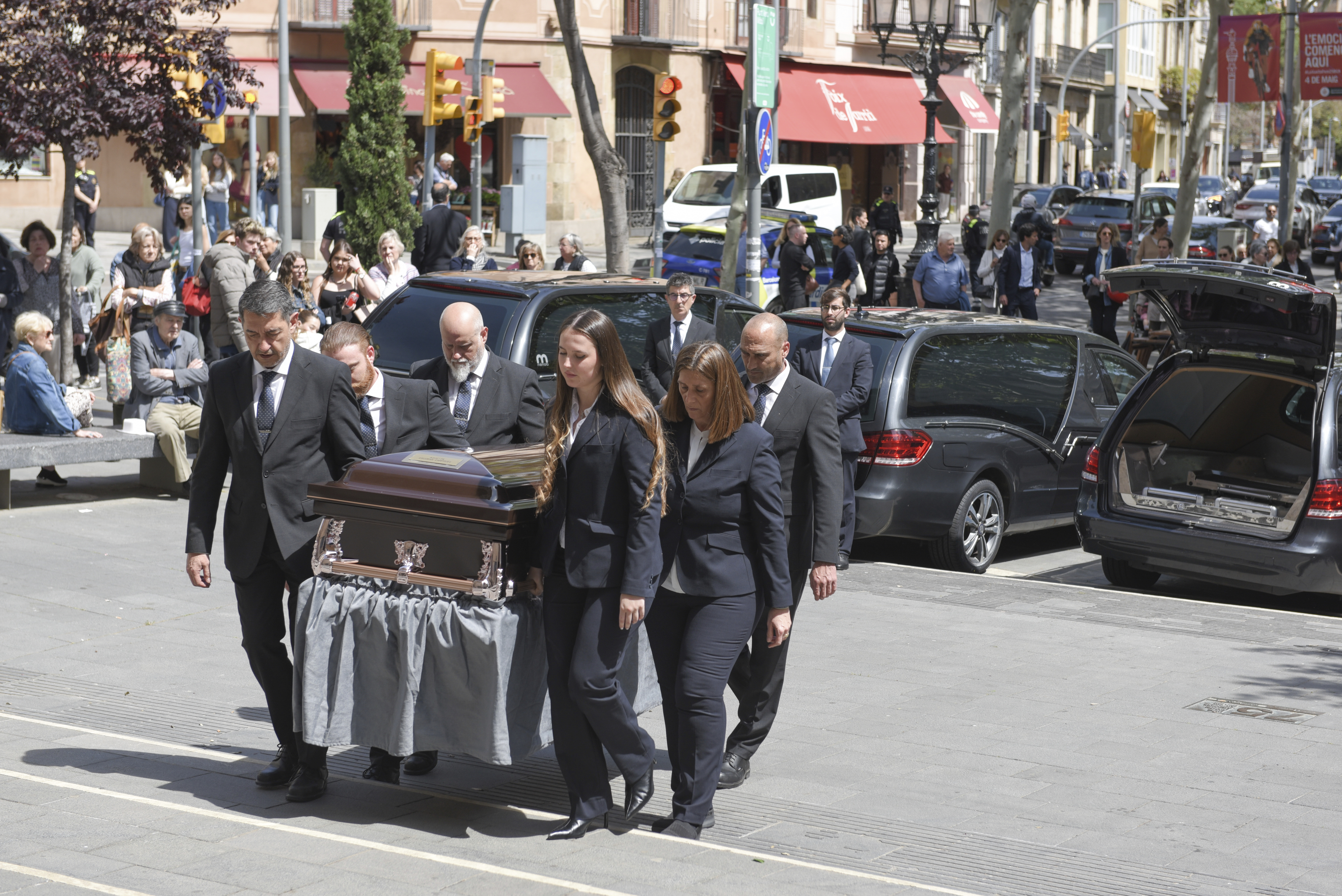SENATOBIA, Miss. (WREG) — There are questions in Senatobia, Mississippi, after a 10-year-old boy was taken to jail for urinating in public.
That incident happened in the parking lot of a lawyer’s office directly across from the Tate County Courthouse.
The lawyer, who did not want to be identified, told WREG a woman, identified as Latonya Eason, came into her law offices asking for legal assistance, and while Eason was in her office, a plainclothes Senatobia Police Detective entered.
Senatobia Police Chief Richard Chandler stated in part, “In this situation, an officer personally witnessed a 10-year old child committing an act in public which would have been illegal for an adult under these circumstances. The officer did not observe a parent on the scene during the initial contact.”
According to the chief, Eason was located and told her child was going to receive a Youth Court Referral for the incident.
“The officers then transported the 10-year old to the police station to complete the paperwork where the child was released to the mother. The child was not handcuffed during this incident,” Chandler said in the statement.
According to the lawyer, there were several Senatobia Police cruisers called to the scene.
“Under the circumstances, it was an error in judgment for us to transport the child to the police station since the mother was present at that time as a reasonable alternative.”
Latonya Eason was being held in the Tate County jail on a $898 bond Tuesday for contempt of court and was unavailable to talk with us.
You can view the entire statement from Senatobia Police Chief Richard Chandler below:
“We would like to address a recent incident involving the arrest of a 10-year-old child. In situations like these, the Youth Court Act guides how officers may deal with juveniles during enforcement encounters. The Youth Court Act allows officers to file a referral against a child as young as 7 years old if they are in need of supervision (which may also be based on delinquent acts), or 10 years old if they commit acts that would be illegal for an adult under identical circumstances (i.e. a “delinquent” act). The need to transport children from a scene depends on a variety of factors and the availability of reasonable alternatives.
In this situation, an officer personally witnessed a 10-year-old child committing an act in public which would have been illegal for an adult under these circumstances. The officer did not observe a parent on the scene during the initial contact. The mother was located at a nearby business shortly thereafter and she was advised that her child was going to receive a Youth Court Referral for this matter. The officers then transported the 10-year-old to the police station to complete the paperwork where the child was released to the mother. The child was not handcuffed during this incident.
Under these circumstances, it was an error in judgement for us to transport the child to the police station since the mother was present at that time as a reasonable alternative. Mistakes like this are a reminder in this profession as to the continual need for training an refreshers on various topics that we encounter each day.”

















